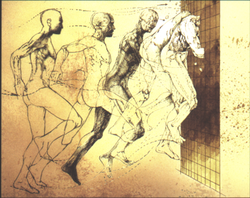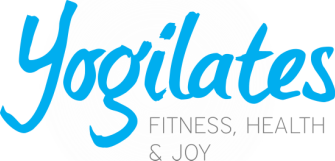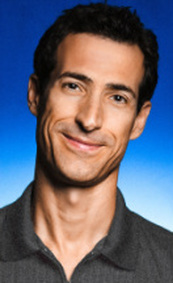
Pilates training is one of the best complimentary exercise disciplines anyone can do to help balance out their fitness program. Going beyond cross-training, Pilates develops awareness of how your body moves. As instructors, we can expand on this awareness by also focusing on the forces of gravity and momentum. The jump board is the only plyometric apparatus in Pilates, but from this we can begin to teach proper foot placement when doing jumps. Speed, balance, and stability are all critical components of running and other athletic activities. For my athlete clients, I also include dynamic movements, such as standing leg swings or kicks, body swings, and lateral slides. Taking the client off the machine and teaching them to support their body in planks and other full-body matwork exercises, can be progressed to what is now called “animal” movements, which I’m sure Joseph would have approved of, that includes walking on hands and feet and short arm balances and quick changes of direction. The concepts of working on speed, balance, and stability can be broken down for any level of student as well. Mature clients also need to work on these skills. Foot and ankle strength is critical to our balance, especially in older people. So doing footwork standing, perhaps on the round side of half a foam roller, is a way to expand from the apparatus to help clients improve. It doesn’t matter if it isn’t a “classical” exercise, what matters is if it works. The soft surface is more amenable to weak, tight feet and toes, and the slightly unstable surface develops the smaller intrinsic muscles of the ankle. This is the kind of “conscious” exercise selection that makes your fitness program “functional”.
The other day I was asked to train someone who had tried Pilates for 12 sessions but was disappointed with the lack of results. I met with him and learned that he had 2 bulging discs in his lower back and a torn meniscus in his knee, but otherwise was very strong. The interesting thing is that he thought that just doing Pilates would cure his back. This is a common misconception in the lay fitness community. For this client, he had been working with a new instructor who indeed knew Pilates, but was not experienced in working with people with special conditions. She had modified all of his exercises and took out so much that his workouts were lacking in energy and effectiveness. Basically, he said he felt like he was doing “baby Pilates”, and his back and knee pain didn’t improve. It takes years of experience and further study of the body to learn how to effectively train such clients. The point is that just doing “Pilates” exercises is not going to fix serious conditions of the spine or joints. In order to help these clients, one must first have a clear understanding of the condition (including a doctors diagnoses and guidance). Then, one can use Pilates technique as guide, but you still have to do rehabilitative exercises that specifically address their needs. Just going through the repertoire of classical or modern Pilates exercises with appropriate modifications is NOT sufficient to effectively train these individuals.
To come back to the idea of what are the best exercises for someone to achieve complete fitness; we said that you have to do a mix and we said you have to be mindful. But, what would be a good mix? Again, it really depends on the individual and perhaps a professional to help design a personalized program. That being said, we know that cardio training is essential for complete fitness, which is why I included it as a component in my book on Yogilates. With this in mind, I've written up an example so you can get a general idea of what a balanced “beyond cross-training” program might look like for one week.
Sample One:
Sunday - Run 45 min or Walk Briskly followed by 15 min of stretching
Monday – Foam Roller self massage and full hour of Pilates on the apparatus
Tuesday – 30 min bike / Strength train Legs and Shoulders
Wednesday – 30 minutes of yoga and assisted stretches / Swim mile
Thursday – Pilates matwork plus strength train Chest and Arms
Friday – Run 30 min or Walk Briskly followed by 15 min stretching
Saturday – Dance class or Barre class / Strength train Back and Abs
This program includes 4 cardio workouts, 4 integrated exercise sessions (Pilates, yoga, Dance, or Barre), 3 strength workouts, 4 flexibility or massage components.
This is just a start and not a long-term program. For continued improvement, the routines would need to change over time, maybe including a sport practice like basketball or tennis, perhaps substituting an interval training workout for the short run/walk day. For athletes, there would be even more variation in the types of strength training workouts, perhaps just doing bodyweight exercises for a month. Though just a rough sketch, the example program above does show a balanced mix and addresses essential components for a complete fitness program. If you have your own mix of balanced exercises, please share those with me if you want and I’ll be happy to review.


 RSS Feed
RSS Feed
